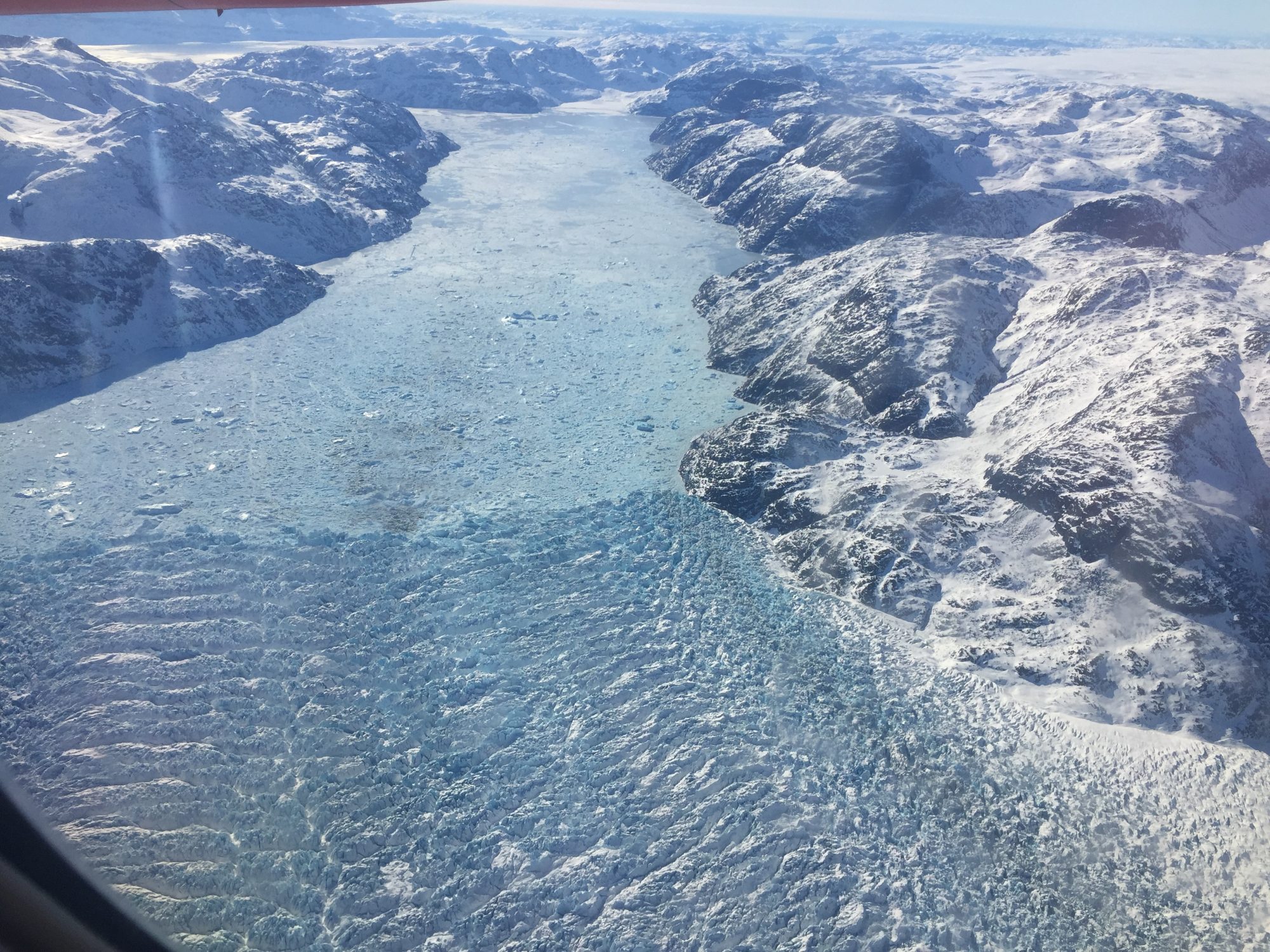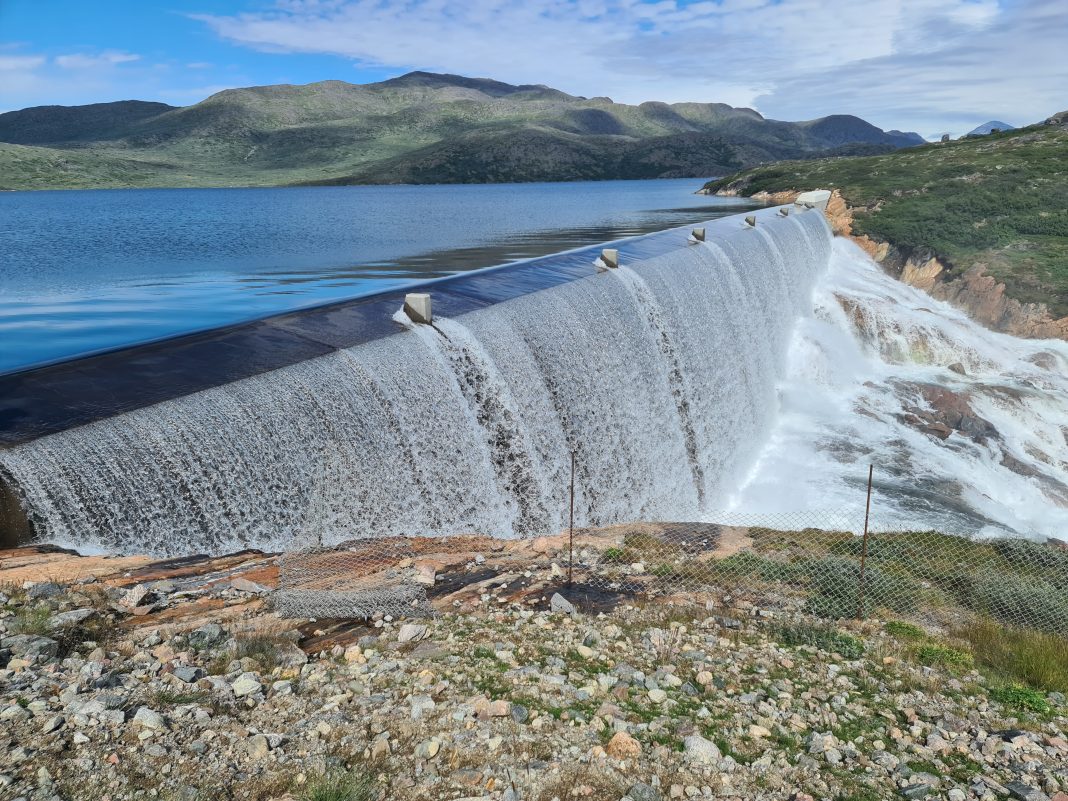Greenland is a prime location for large-scale hydropower projects. Renewable energy investment possibilities are, therefore, abundant, writes Claus Andersen-Aagaard, Chief Executive Officer of GreenLead
One of the lesser-known facts about the Arctic is its potential to solve a part of the climate crisis. Melting glaciers high up in mountain ranges create the perfect conditions for large-scale hydropower. With a government actively looking for investors, it is a wonder that over 60 well-documented renewable energy opportunities continue to be known by so few.
Greenland: The world’s largest island
Greenland is home to some of the planet’s most extensive and untouched natural landscapes. Its abundant water resources, including vast glaciers and numerous rivers, make it an ideal location for large-scale hydroelectric power projects.
Hydropower: The green energy transition
Greenland has a political ambition to become 100% green in 2030. With the political decision to abandon all oil exploration in Greenland territory, it has become clear that renewable energy holds the better promise for an energy-exporting future.
To further this agenda, the Government of Greenland has created a tender for the two most enormous hydropower potentials, the Maniitsoq and the Upper Nuuk fjords. This massive 2 GW cluster potential is almost the size of the Hoover Dam in the U.S. and can be further explored in this recent article.
However, Greenland has more than 60 other hydropower potentials that have been measured since the 1970s up until today. This means that the hydrology data and the understanding of their development due to climate change is extensive.
Facts about Greenland
Greenland, a part of the Kingdom of Denmark, has a population of 56,000 inhabitants, making it one of the least densely populated places on Earth. As an independent country, it would be the world’s 12th most extensive by area.
The 20 west coast hydropower potentials
Of the 60 known hydropower potentials, more than 20 have been identified as suitable for energy-intensive industrial use. These potentials all range from 50 MW to 500 MW, and several prospects are close enough that it makes sense to combine them, creating hydropower cluster systems in the GW range with reservoir control and pumped storage opportunities.
This means the energy plants can be further expanded by integrating wind power to increase energy production, with hydropower and pumped storage as energy balancing.

Lakes, batteries and ice – what’s not to like?
One of the significant advantages of large-scale hydropower in Greenland is the presence of natural lakes acting as reservoirs for the hydropower plants.
These reservoirs act as batteries with capacity measured in Terawatt hours (TWh), larger by two orders of magnitude than current technologies like lithium batteries. This will ensure a steady electricity supply across seasons and, in some cases, years.
Despite Arctic temperatures, the reservoirs in Greenland do not freeze entirely during the winter. The reservoirs only freeze to around two metres, leaving a layer of liquid flowing water beneath the surface down to the bottom of the lakes, usually 40–100 metres deep. This means that hydropower plants can continue operating even in the coldest months despite everything being covered in snow and ice on the surface.
This means that hydropower plants can continue operating even in the coldest months, despite everything being covered in snow and ice on the surface.
PTX Hub of the North Atlantic
Because of the lack of significant domestic demand, the energy needs to be converted, stored and transported to be useful. One logical step is combining the country’s abundant clean water resources with hydroelectric power to make green hydrogen, which can be further refined into other E-fuels.
With no significant domestic access to CO2, some PtX products, such as E-methanol and E-kerosene, will be missing a key ingredient. This will require either energy-intensive direct air capture of CO2 or shipping in CO2. Green ammonia can be created from less energy-intensive direct air capture of N2 and hydrogen and would likely be less costly.
Whatever choice of E-Fuel, it can displace fossil fuels in transportation, industry, and heating all over the world, mitigating climate change.
Hydropower by Norwegian principle
With mountainous terrain, it is possible to use high-level lakes with minimal damming to channel the water flow through a penstock to the surface level harnessing
the energy with minimal environmental impact.
More information on GreenLead and renewable energy
GreenLead is an advisory company with expertise in Greenland, developing Greenlandic hydropower potentials. We work for investors, energy-intensive industries, renewable energy developers and government offices. We combine engineering with economic business knowledge to the benefit of our clients. We are an independent office based near Copenhagen, Denmark.

This work is licensed under Creative Commons Attribution-NonCommercial-NoDerivatives 4.0 International.


